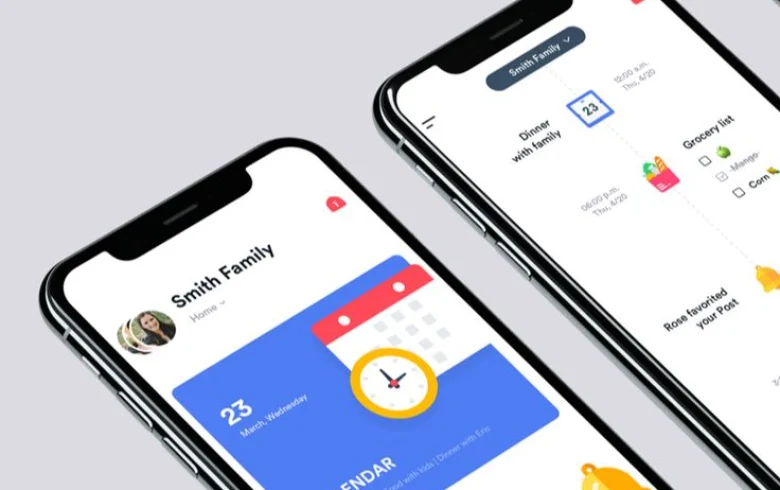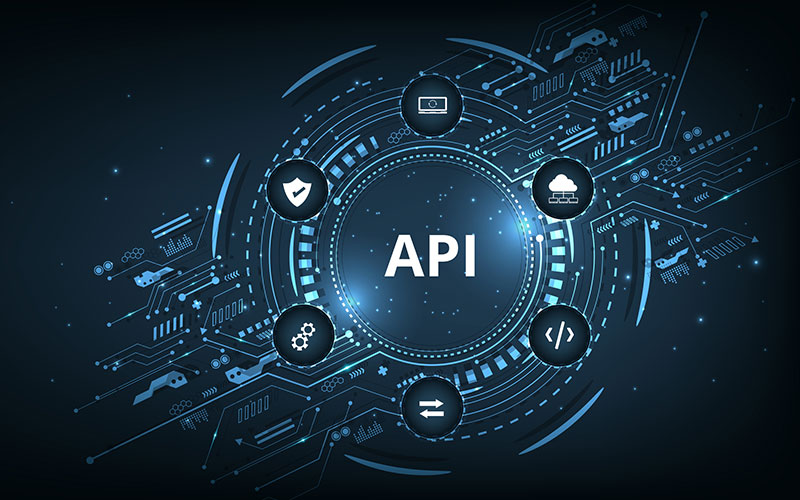In the ever-evolving digital landscape, mobile app design has become an essential skill for web designers. As we step into 2024, the demand for innovative, user-friendly mobile apps is at an all-time high. At Web Craft Pros in New York, USA, we understand the intricacies of mobile app design and the importance of staying ahead of the curve. This comprehensive guide will equip you with the knowledge and tools needed to excel in mobile app design, covering everything from fundamental principles to the latest trends and best practices.
Understanding Mobile App Design:
The Importance of Mobile App Design:
Mobile apps have become integral to our daily lives, offering solutions for everything from communication and entertainment to shopping and productivity. A well-designed app can significantly impact user satisfaction, engagement, and retention. In contrast, a poorly designed app can lead to frustration and abandonment. Therefore, understanding the core principles of mobile app design is crucial for creating apps that users love.
Key Principles of Mobile App Design:
To create an effective mobile application, consider these fundamental principles:
- User-Centric Design: Focus on the needs and preferences of your users. Conduct user research and testing to ensure your app meets their expectations.
- Simplicity and Clarity: Keep the interface clean and straightforward. Avoid clutter and prioritize essential features.
- Consistency: Maintain a consistent design language throughout the app to provide a seamless user experience.
- Accessibility: Ensure your app is accessible to all users, including those with disabilities. Follow accessibility guidelines and best practices.
- Performance: Optimize your app for speed and responsiveness. A slow app can frustrate users and lead to abandonment.
The Design Process:
Research and Planning:
Before diving into the design, thorough research and planning are essential. This stage involves:
- Identifying Target Audience: Understand who your users are, their needs, and their pain points.
- Competitive Analysis: Analyze competitors’ apps to identify strengths and weaknesses.
- Defining Goals and Objectives: Clearly outline what you aim to achieve with your app.
- Creating User Personas: Develop detailed user personas to guide your design decisions.
Wireframing and Prototyping:
Wireframes and prototypes are crucial steps in the design process:
- Wireframing: Create low-fidelity wireframes to outline the app’s structure and layout. Focus on the placement of elements and navigation flow.
- Prototyping: Develop interactive prototypes to visualize the user experience. Tools like Figma, Sketch, and Adobe XD are popular choices for this stage.
Visual Design:
The visual design stage involves creating the app’s look and feel:
- Branding: Ensure the app’s design aligns with the brand’s identity, including colors, typography, and logos.
- UI Design: Design user interfaces that are visually appealing and intuitive. Pay attention to details like icons, buttons, and animations.
- High-Fidelity Mockups: Create high-fidelity mockups to finalize the app’s visual design.
User Testing and Feedback:
Testing is a critical part of the design process:
- Usability Testing: Conduct usability tests with real users to identify issues and gather feedback.
- Iterative Design: Use feedback to refine and improve the design iteratively.
Tools and Technologies:
Essential Design Tools:
Several tools can enhance your mobile app design process:
- Sketch: A vector-based design tool widely used for UI/UX design.
- Figma: A cloud-based design tool that supports collaboration and prototyping.
- Adobe XD: A powerful tool for designing and prototyping user experiences.
- InVision: A prototyping tool that allows you to create interactive mockups and gather feedback.
Development and Collaboration Tools:
Collaboration between designers and developers is crucial for a successful app:
- Zeplin: Bridges the gap between design and development by providing detailed design specs.
- Abstract: A version control tool for design files, allowing teams to collaborate seamlessly.
- Trello: A project management tool to organize tasks and streamline workflows.
Latest Trends in Mobile App Design:
Dark Mode:
Dark mode has gained immense popularity due to its aesthetic appeal and battery-saving benefits. Designing apps with a dark mode option can enhance user experience, especially in low-light environments.
Minimalism:
Minimalist design focuses on simplicity and functionality. It reduces clutter, making it easier for users to navigate the app and find what they need quickly.
Micro interactions:
Micro interactions are subtle animations and feedback mechanisms that improve user engagement. They can guide users, provide feedback, and make the app feel more interactive.
Neu morphism:
Neu morphism is a design trend that combines skeuomorphism and flat design, creating a soft, realistic look. It uses shadows and highlights to give elements a 3D appearance.
Augmented Reality (AR):
AR is becoming increasingly popular in mobile apps, offering immersive experiences. Whether for gaming, shopping, or education, AR can enhance user engagement and provide unique functionalities.
Best Practices for Mobile App Design:
Prioritize Performance:
Ensure your app is optimized for performance. Slow load times and laggy interactions can frustrate users and lead to high abandonment rates. Use performance optimization techniques such as lazy loading, optimizing images, and minimizing HTTP requests.
Focus on Onboarding:
A well-designed onboarding process can significantly improve user retention. Provide clear instructions, highlight key features, and use interactive elements to guide users through the app.
Leverage Gestures:
Take advantage of touch gestures to create intuitive and immersive user experiences. Implement common gestures like swiping, pinching, and tapping to enhance navigation and interactions.
Design for Accessibility:
Ensure your app is accessible to all users, including those with disabilities. Follow accessibility guidelines and use features like voice assistance, screen readers, and customizable text sizes.
Maintain Consistency:
Consistency is key to a seamless user experience. Use consistent design elements, such as colors, fonts, and icons, throughout the app to create a cohesive look and feel.
Implement Feedback Mechanisms:
Provide users with feedback mechanisms, such as loading indicators, success messages, and error alerts. This helps users understand the app’s status and provides a sense of control.
Optimize for Different Devices:
Design your app to be responsive and compatible with various devices and screen sizes. Test your app on different devices to ensure a consistent experience across the board.
Case Studies:
Successful Mobile App Designs:
To illustrate the principles and practices discussed, let’s explore some successful mobile app designs:
- Instagram: Known for its clean and intuitive design, Instagram focuses on user-generated content and social interaction. The app’s consistent visual language and seamless navigation contribute to its popularity.
- Spotify: Spotify’s minimalist design and personalized user experience make it a top choice for music streaming. The app’s use of micro interactions and dynamic visuals enhances user engagement.
- Uber: Uber’s user-centric design prioritizes simplicity and efficiency. The app’s clear navigation, real-time updates, and intuitive booking process make it a favorite among users.
The Future of Mobile App Design:
Emerging Technologies:
As technology continues to evolve, several emerging trends will shape the future of mobile app design:
- Artificial Intelligence (AI): AI can enhance app functionality by providing personalized recommendations, voice assistants, and intelligent automation.
- 5G Technology: The widespread adoption of 5G will enable faster data transfer and lower latency, opening up new possibilities for immersive experiences like augmented and virtual reality.
- Internet of Things (IoT): IoT integration will allow apps to connect with smart devices, offering users seamless control and monitoring of their environments.
Sustainable Design:
Sustainability is becoming increasingly important in app design. Designers should consider the environmental impact of their apps, optimize energy usage, and promote eco-friendly practices.
Conclusion:
Mobile app design is a dynamic and ever-evolving field that requires a deep understanding of user needs, design principles, and emerging technologies. By following the guidelines and best practices outlined in this comprehensive guide, you can create stunning, user-friendly mobile apps that stand out in the competitive market.
At Web Craft Pros in New York, USA, we are committed to helping designers and developers stay ahead of the curve. Whether you’re a seasoned professional or just starting, this guide provides valuable insights and practical tips to elevate your mobile app design skills in 2024 and beyond.
Additional Resources:
To further enhance your knowledge and skills in mobile app design, explore these additional resources:
- Books: “Don’t Make Me Think” by Steve Krug, “The Design of Everyday Things” by Don Norman
- Online Courses: Coursera, Udemy, and LinkedIn Learning offer comprehensive courses on mobile app design.
- Blogs and Websites: Smashing Magazine, A List Apart, and UX Design.cc provide valuable articles and tutorials on design trends and best practices.
By continuously learning and adapting to new trends and technologies, you can stay at the forefront of mobile app design and create exceptional user experiences that leave a lasting impact.









